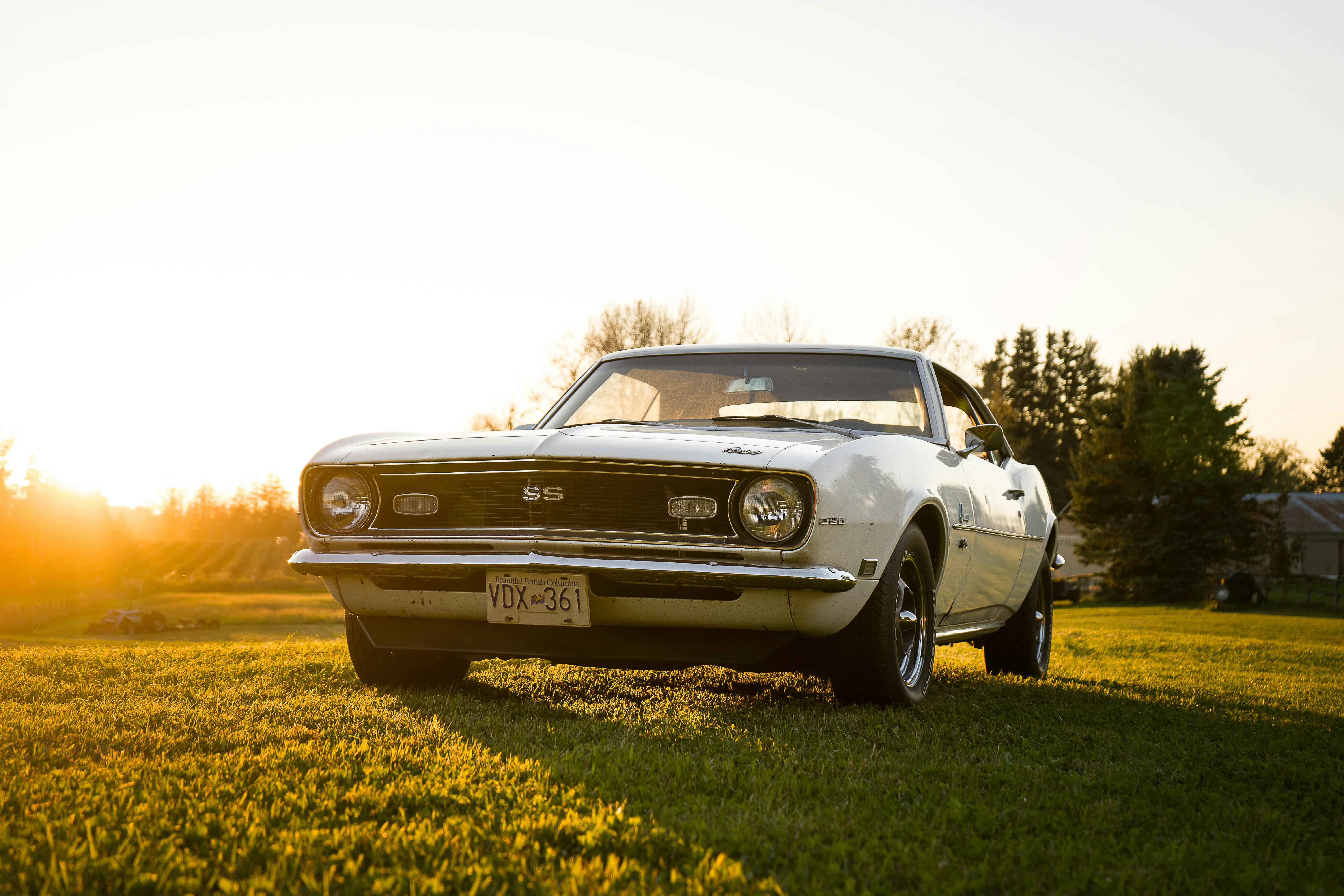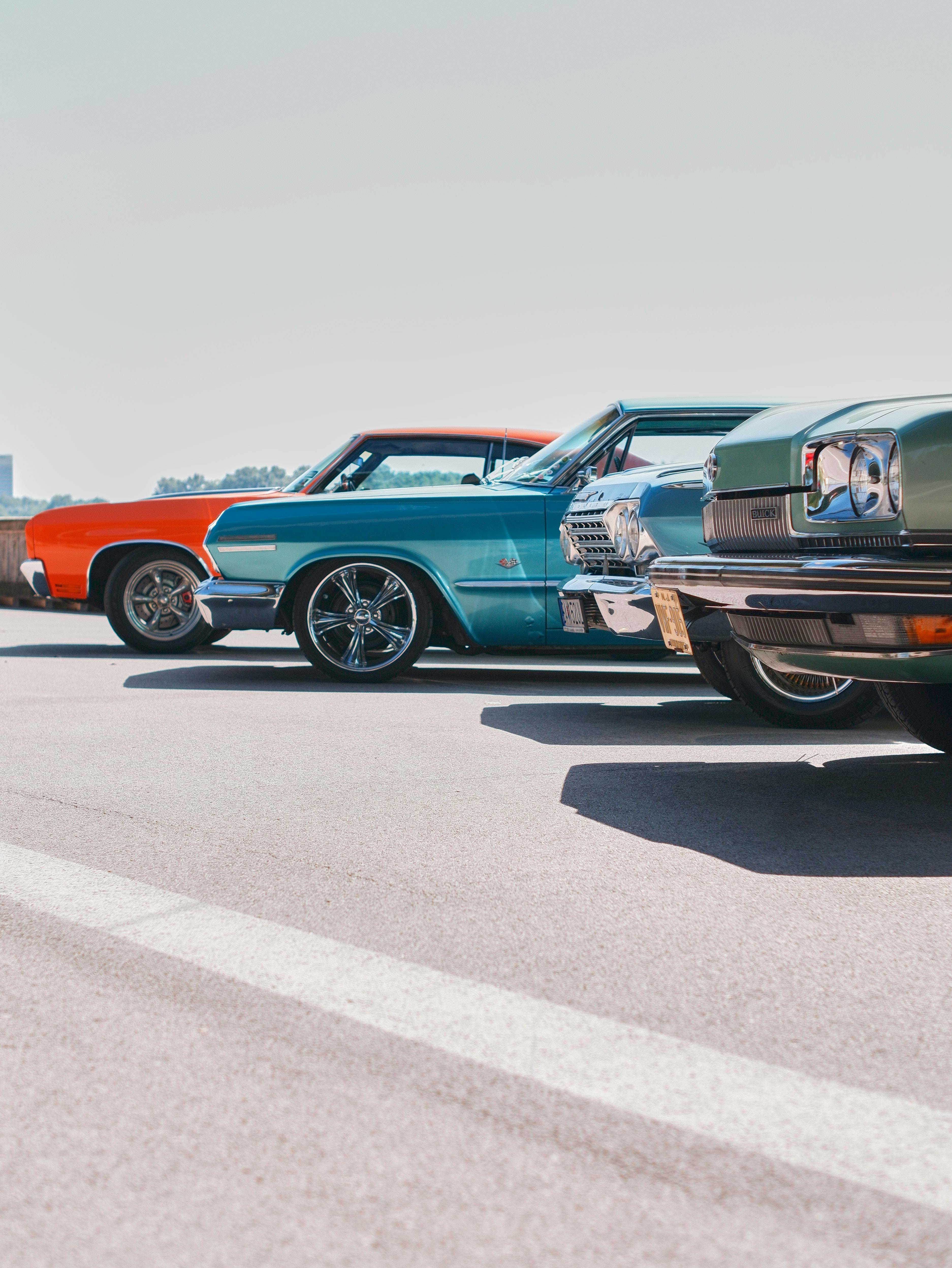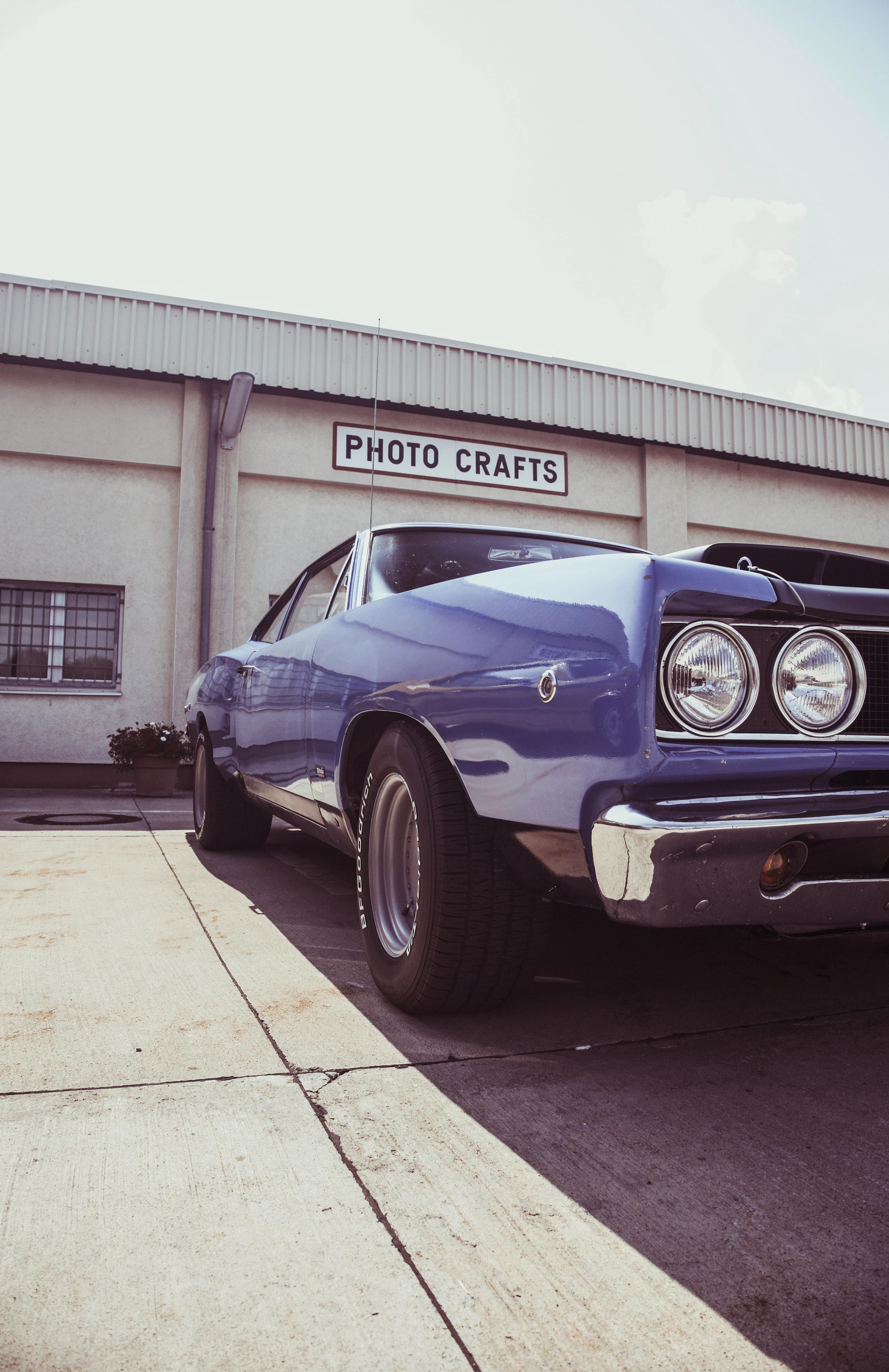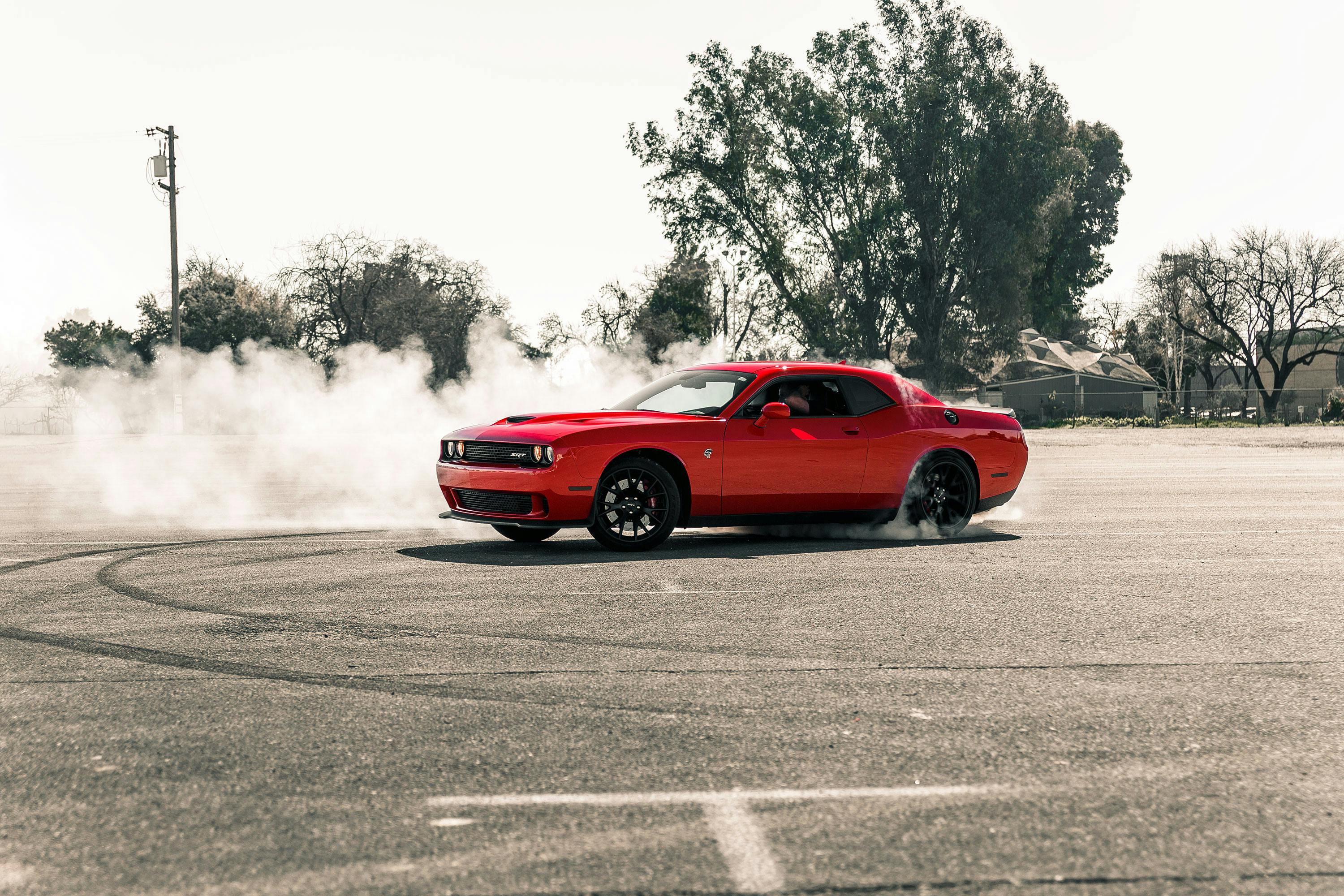Ford Mustang vs. Chevrolet Camaro: History of the Pony Car Rivalry
The Ford Mustang and Chevrolet Camaro rivalry represents one of the most intense competitions in automotive history. From their 1960s debut to modern-day iterations, these two muscle cars have battled for supremacy in performance, design, and cultural influence. This deep dive explores how their competition shaped the "pony car" segment and left an indelible mark on American car culture.
Origins of the Rivalry
The Mustang’s Groundbreaking Debut (1964)
Ford launched the Mustang on April 17, 1964, as a 1965 model, creating the "pony car" category. With its long hood, short deck, and affordable price ($2,368), it became an instant sensation. Ford sold 418,812 units in the first year, shattering expectations and pressuring GM to respond. The Mustang’s success stemmed from its blend of sporty styling and everyday practicality, appealing to both young drivers and families.
Chevrolet Strikes Back: The Camaro (1966)

Chevrolet unveiled the Camaro in 1966 as a direct competitor to the Mustang. Built on the GM F-body platform, the Camaro offered a range of engines, including the potent 327 cubic-inch V8. Its name, derived from French slang for "friend" or "comrade," belied its aggressive intent. The Camaro Z/28, introduced in 1967, became a track-focused legend, dominating the Trans-Am racing series and establishing Chevy’s performance credentials.
For a broader look at this era, explore our Complete History of American Muscle Cars.
The Golden Age Showdown (1967–1973)

Performance Battles
-
1969 Chevrolet Camaro Z/28: Equipped with a 302 cubic-inch V8 and solid-lifter camshaft, it produced 290 horsepower (underrated for insurance purposes). The Z/28’s dominance in Trans-Am racing forced Ford to develop the Mustang Boss 302.
-
1969 Ford Mustang Boss 302: Designed to homologate Ford’s Trans-Am racer, its high-revving 302 V8 and handling-focused suspension countered the Z/28.
Sales Wars
While the Mustang outsold the Camaro annually during this period, Chevrolet closed the gap with performance variants:
| Model | 1967 Sales | 1969 Sales |
|---|---|---|
| Ford Mustang | 472,121 | 299,824 |
| Chevrolet Camaro | 220,906 | 243,085 |
Cultural Impact and Media Legacy
Silver Screen Rivalry
Both cars became Hollywood icons:
-
The Mustang starred in Bullitt (1968), featuring a legendary chase scene with a 1968 GT Fastback.
-
The Camaro gained fame as Bumblebee in Transformers (2007), though its 1967–1969 models had already appeared in classics like Better Off Dead (1985).
Their rivalry extended to music, with artists like Wilson Pickett (“Mustang Sally”) and The Beach Boys (“409”) immortalizing them in song.
Collector Market Trends
Today, rare models command astronomical prices:
-
A 1969 Camaro ZL1 (427ci) sold for $1.1 million at auction in 2023.
-
Steve McQueen’s Bullitt Mustang fetched $3.74 million in 2020.
Learn more about valuing these classics in our Guide to Classic Muscle Car Values.
Modern Era: Evolution of the Rivalry
21st-Century Revivals
-
2005 Ford Mustang: Retro styling revived interest, with the Shelby GT500 producing 500 horsepower by 2007.
-
2010 Chevrolet Camaro: After a 7-year hiatus, the fifth-gen Camaro returned with a 426-horsepower SS model, reigniting the competition.
Performance Specs (2025 Models)
| Model | Engine | Horsepower | 0–60 mph |
|---|---|---|---|
| Mustang Dark Horse | 5.0L V8 | 500 | 4.2s |
| Camaro ZL1 | 6.2L Supercharged | 650 | 3.5s |
Why the Rivalry Matters
The Mustang-Camaro competition drove innovation:
-
Technological Advances: From fuel injection to independent rear suspensions.
-
Consumer Choice: Offered buyers distinct philosophies-Mustang’s accessibility vs. Camaro’s track focus.
-
Global Influence: Inspired competitors like the Toyota Supra and Nissan Z-car.
For insights into importing these classics, visit our History of American Muscle Cars: Origins, Golden Age & Modern Era (English - United States)
Conclusion
The Ford Mustang and Chevrolet Camaro rivalry is more than a corporate competition-it’s a testament to American automotive passion. From 1960s drag strips to modern-day showrooms, their battle has shaped car culture worldwide. As both brands navigate electrification, their legacy of performance and innovation ensures the rivalry remains relevant.
You May Also Like
These Related Stories

The Golden Age of American Muscle Cars (1964–1973): Power & Legacy

How the 1970s Oil Crisis Ended the Classic Muscle Car Era

-093789-edited.png?width=220&height=79&name=wcs_final_logo_(1)-093789-edited.png)
